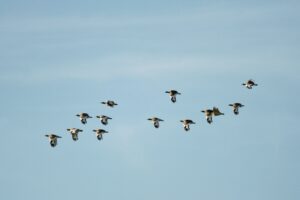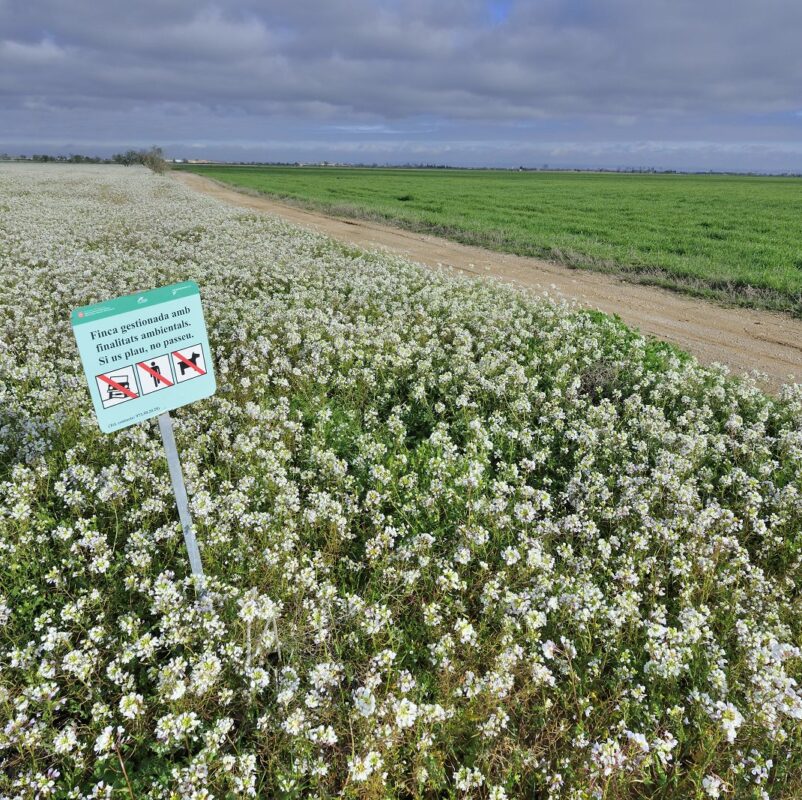The study concludes that landscape and management have different effects on different species. Therefore, conservation measures must have well-defined objectives and planning.
In recent decades there has been a profound transformation of the traditionally rainfed and extensive agricultural landscape of southern Europe. These changes include a significant decrease in uncultivated areas, such as fallows, margins, and other non-productive elements of the agricultural matrix. Numerous studies have been able to link these processes of agricultural intensification with the decline of agricultural and steppe bird populations, as these uncultivated lands are crucial habitats as refuge, feeding, and nesting areas.
Fallows are vital for steppe birds, but their potential varies considerably depending on the management of their vegetation, and factors related to the surrounding landscape and plot structure. Moreover, these factors may have different effects depending on the steppe bird species.
A new study by the Conservation Biology Group (GBiC) of the Forest Science and technology Centre of Catalonia (CTFC), has used data from over 3000 hectares of fallows in Catalonia managed specifically for the conservation of this group of threatened birdds, to explore what are the characteristics that maximize their conservation value for these species. These fallows are managed by thinning or cropping the vegetation, always outside the breeding season, in order to maintain an adequate vegetation structure for the different requirements of these species.
 The study concluded that, in addition to the vegetation structure of the fallow, the characteristics of the plot and the landscape context have important effects on the presence of these birds. For example, all the species studied preferred larger and with better visibility fallows. However, the preferred characteristics of the adjacent landscape varied among species, suggesting that conservation measures may be more effective if they are targeted to specific species and have clear objectives that meet the different needs of the different species.
The study concluded that, in addition to the vegetation structure of the fallow, the characteristics of the plot and the landscape context have important effects on the presence of these birds. For example, all the species studied preferred larger and with better visibility fallows. However, the preferred characteristics of the adjacent landscape varied among species, suggesting that conservation measures may be more effective if they are targeted to specific species and have clear objectives that meet the different needs of the different species.
The paper suggests that conservation measures that promote fallows for steppe bird conservation should consider mechanisms to optimize the selection of the most suitable plots based on these landscape and plot location factors. This could be applied in compensatory measures or in conservation plans in protected areas, but hardly in voluntary measures, such as agri-environmental measures, where the decision of where to locate fallows depends exclusively on the farmer.
More information:
Disentangling the effects of management, field characteristics of fallows, and surrounding landscape to promote steppe bird conservation Revilla-Martín, N.; Giralt, D.; Sanz-Pérez, A.; Bota, G.; Sardà-Palomera, F. Agriculture, Ecosystems & Environment, 357, 2023, 108657, https://doi.org/10.1016/j.agee.2023.108657
Last modified: 19 September 2023










